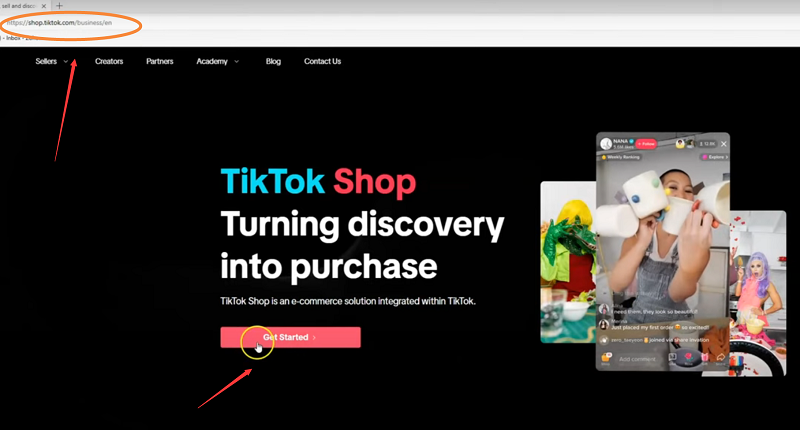YouTube, the world’s largest video-sharing platform, has undergone exponential growth since its launch in 2005. By 2025, it continues to dominate the digital landscape, with its user base and influence expanding across demographics and geographies. This article delves into the current user statistics, growth drivers, regional trends, and future projections for YouTube, supported by the latest data and industry insights.

1. Current User Base and Key Statistics
Daily Active Users (DAUs): Over 1.2 billion users engage with YouTube daily, spending an average of 48 minutes and 42 seconds on the platform.
Regional Leaders:
India remains the largest market with 467 million users, accounting for nearly 17% of YouTube’s global audience.
The United States follows with 238 million users, where 92% of internet users access YouTube weekly.
Age Demographics:
Users aged 25–34 form the largest cohort (21.5%), followed by 35–44 (17.9%).
Over 90% of users aged 18–64 use YouTube regularly, highlighting its broad appeal.
2. Growth Drivers Shaping YouTube’s Expansion
a. Short-Form Content: YouTube Shorts
Daily Views: Shorts generate 90 billion daily views, up from 70 billion in 2023.
User Base: Shorts has 2 billion MAUs, with 164.5 million users in the U.S. alone.
Regional Dominance: India and the U.S. contribute 24% and 12% of Shorts’ global views, respectively.
b. Connected TV and Streaming
TV Viewership: Over 52% of YouTube’s U.S. traffic now comes from connected TVs, surpassing mobile devices.
YouTube TV: The platform’s live TV service has 8 million subscribers, competing with traditional cable providers.
Engagement: Users spend 27 hours and 43 minutes monthly on YouTube’s Android app, trailing only TikTok.
c. Global Internet Penetration
India: Internet users exceed 1.24 billion, driven by affordable smartphones and data plans.
Africa and South America: Countries like Nigeria and Brazil show rapid growth, though penetration rates remain below 50%.
d. Monetization and Creator Economy
Advertising Revenue: YouTube generated $8.927 billion in Q1 2025, a 10.3% year-over-year increase.
Subscriptions: YouTube Premium and Music have 125 million subscribers, while YouTube TV adds 8 million.
Creator Support: Tools like AI-driven video editing and multilingual dubbing (used in 40% of dubbed videos) attract creators globally.
3. Regional Trends and Market Dynamics
a. Asia-Pacific
India: The largest market, with 467 million users, where Shorts and regional language content (e.g., Hindi, Tamil) drive engagement.
China: YouTube remains blocked, but creators reach Chinese audiences via overseas platforms like Bilibili.
b. North America
U.S. and Canada: YouTube dominates video consumption, with 78.4% advertising penetration and 84 minutes of daily usage among children and teens.
c. Europe
Nordic Countries: High internet penetration (97.5% in Northern Europe) and ad revenue growth.
Southern Europe: Shorts adoption is rising, though competition from TikTok remains fierce.
d. Latin America
Brazil: The region’s largest market, with 97.4 million Shorts users and growing demand for Portuguese and Spanish content.
Mexico: YouTube TV and Shorts are popular, with 71.2% internet users accessing the platform monthly.
e. Africa
Nigeria and Kenya: Despite low penetration rates (25.3% and 25.6%), YouTube is gaining traction through mobile-friendly content.
4. Challenges and Competitive Landscape
a. TikTok’s Threat
b. Monetization and Creator Retention
Low Earnings for Shorts: Creators earn $10–$60 per million views on Shorts, compared to $1.61–$29.30 per million views for long-form videos.
Ad Fatigue: Users increasingly opt for ad-blockers or YouTube Premium, reducing ad revenue potential.
c. Content Moderation and Policy Changes
d. Platform Saturation
5. Future Projections and Innovations
a. User Growth Forecasts
Statista: Projects YouTube’s MAUs to reach 2.85 billion by 2025, driven by emerging markets and Shorts.
Gartner: Warns of declining social media usage due to AI-generated misinformation, but YouTube’s diverse content may mitigate this risk.
b. AI and Technical Advancements
AI Overviews: Launched in 2025, this feature uses AI to summarize videos, improving search efficiency and user engagement.
Generative AI Tools: Creators can use AI to generate scripts, subtitles, and thumbnails, reducing production time.
c. Expansion into New Markets
Africa and Southeast Asia: YouTube is investing in localized content and partnerships to tap into 67% of the global population that remains unconnected.
Podcasts: YouTube aims to become the top podcast platform, with 1 billion monthly podcast listeners in 2025.
d. Monetization Innovations
YouTube Shopping: Integrates e-commerce features, allowing creators to sell products directly through videos.
Creator Promotions: Enables brands to collaborate with creators for native advertising, boosting revenue streams.




